What IP67 vs. IP68 vs. IP69K Means in Off-road LED Light Systems
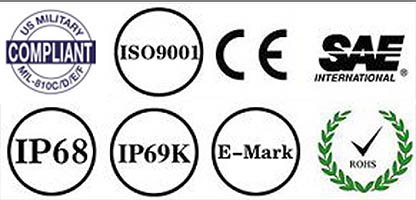
FYI- It seems that contrary to popular belief, watches, mobile devices, off-road LED light bars, etc. are NOT actually entirely waterproof from what the research suggests.
The statements these manufacturers and their respective distributors and retailers utilize when marketing and advertising is actually a play on words. Yes, the aforementioned products are in fact “waterproof” in most instances, but only up to a certain depth. Hence the reason as to why the FTC and other regulatory bodies actually have laws in place for manufacturers to abide by in regards to how they label and market their products. Being realistic, just about any consumer product submerged in deep enough water will eventually fail and link (NOTE: We are not talking abut submarines here 🙂 ). That’s right, IP67 does not mean waterproof, IP68 does not mean waterproof, nor does IP69k imply waterproof.
These IP ratings deal with how products are tested and how well they stand up to the ingress testing in regards to dust, dirt, water, body parts, foreign objects, etc.
The International Protection Marking (IP Code) is published by the International Electrotechnical Commission (IEC). The IP code ISO (US)/IEC standard EN 60529, is usually referred to as the Ingress Protection Marking. These standards set, classify, and rate the varying degrees of ingress protection for manufacturer’s products worldwide.
The international code and the equivalent governing regulating bodies, associations, and their respective coding systems- ISO (US Standard+), IEC/ EN (European Standard), DIN (German Standard)
Read more about IP Ratings here-
https://en.wikipedia.org/wiki/IP_Code
http://www.trustedreviews.com/opinions/what-is-ip68-ip-ratings-explained
So here is the skinny on what and how IP ratings are defined…
What does the IP Rating Mean?
Example: the IP mark –IP69k
The First Digit: The first digit stands for its resistance to the ingress of dust, dirt, sand, and other types of solid particles. This rating states that the product has complete protection and is in fact, dust tight. The way a product is tested for this particular IP rating is by attaching a vacuum to said product and running the test for upwards of 8 hours. The duration of the testing is generally based on how much air pressure and flow is utilized and measured while conducting the test.
Second Digit: The second digit in the IP rating stands for water/liquid resistance in regards to ingress protection. This test is conducted by utilizing a direct pressurized water jet spray down with extremely hot water. This test utilizes a slow turntable, from four pre-defined angles. Larger test products are tested by hand for 3 minutes at a distance of about 6-8 inches.The test usues a special spray nozzle in culmination with 176 degrees fahrenheit water at a flow rate of 14–16 L/min. The high pressure spray nozzle is typically held 6-8 inches from the tested product for 30 seconds at a time, at angles of 0°, 30°, 60° and 90°.
The IP69K test specification was initially developed for on and off-road vehicles and construction equipment that were susceptible to extremely dirty conditions which required frequent deep cleaning with high pressure water. Shortly thereafter, the IP69k standard evolved for use in other businesses, across many industries, and many products.
IP Code Solid Protection
- IP0x – No protection
- IP1x – Protection from contact with any large surface of the body, such as the back of a hand, but no protection against deliberate contact with a body part, such as a finger. Less than 50mm.
- IP2x – Protection from fingers or similar objects. Less than 12.5mm.
- IP3x – Protection from tools, thick wires or similar objects. Less than 2.5mm
- IP4x – Protection from most wires, screws or similar objects. Less than 1mm
- IP5x – Partial protection from contact with harmful dust.
- IP6x – Protection from contact with harmful dust.
IP Code for Moisture Protection
- IPx0 – No protection
- IPx1 – Protection against vertically dripping water: 10 minutes, such as, light rain
- IPx2 – Protection against vertically dripping water when device is tilted at an angle up to 15 degrees for 10 minutes, such as, light rain.
- IPx3 – Protection against direct sprays of water when device is tilted at an angle up to 60 degrees for 5 minutes in conditions such as, rain and spraying.
- IPx4 – Protection from sprays and splashing of water in all directions: 5 minutes in conditions such as- Rain, spraying, and/or splashing.
- IPx5 – Protection from low-pressure water projected from a nozzle with a 6.3mm diameter opening in any direction 3 mins from a distance of 3 meters in conditions such as Rain, splashing, and direct contact with most kitchen/bathroom faucets
- IPx6 – Protection from water projected in powerful jets from a nozzle with a 12.5mm diameter opening in any direction. 3 mins from a distance of 3 meters in conditions such as rain, splashing, direct contact with kitchen/bathroom faucets, outdoor use in rough sea conditions.
- IPx7 – Protected from immersion in water with a depth of up to 1 meter (or 3.3 feet) for up to 30 mins. rain, splashing, and accidental submersion
- IPx8 – Protected from immersion in water with a depth of more than 1 meter (manufacturer must specify exact depth) Varies Rain, splashing and accidental submersion
- IPx9k-
ATM- Water pressure-
Pressure tests are measured in ATMs, which stands for atmospheres, and then converted to water depth to make the measurements easier to understand. Each ATM is equivalent to 10 meters (30+ feet) of static water pressure. Below you will find a chart that outlines that basic water-resistance levels.
- 1 ATM- Withstands pressures equivalent to a depth of 10 meters (33 feet). Improved resistance to rain and splashes. No showering or swimming.
- 3 ATM- Withstands pressures equivalent to a depth of 30 meters (98 feet). Rain, splashing, accidental submersion and showering. No swimming.
- 5 ATM- Withstands pressures equivalent to a depth of 50 meters (164 feet). Rain, splashing, accidental submersion, showering, surface swimming, shallow snorkeling
- 10 ATM- Withstands pressures equivalent to a depth of 100 meters (328 feet). Rain, splashing, accidental submersion, showering, swimming and snorkeling. No deep water scuba diving or high-speed water sports.
- 20 ATM- Withstands pressures equivalent to a depth of 200 meters (656 feet). Rain, splashing, accidental submersion, showering, swimming, snorkeling, surface diving and water sports. No deep water diving.
Why You Want to Buy an Off-road LED Light with IP69k Ratings?
Well, the answer is pretty obvious. We all want the best deal that we can find for just about everything we buy. When it comes to purchasing a high quality off-road LED light system, the same should especially hold true. Genuine premium off-road LED Lights should be able to run in the most inclement of weather conditions and harshest environments without ever skipping a beat in terms of failure.
Check out the picture below and you will see what happens when you buy a poorly built, cheap LED off-road light or off-road LED bar with a low IP rating…
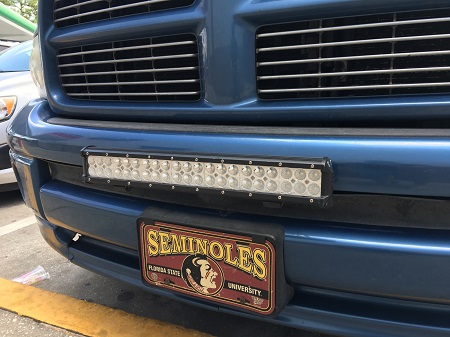
Now see what happens when you purchase a performance grade auxiliary off-road LED light system from Nox Lux!
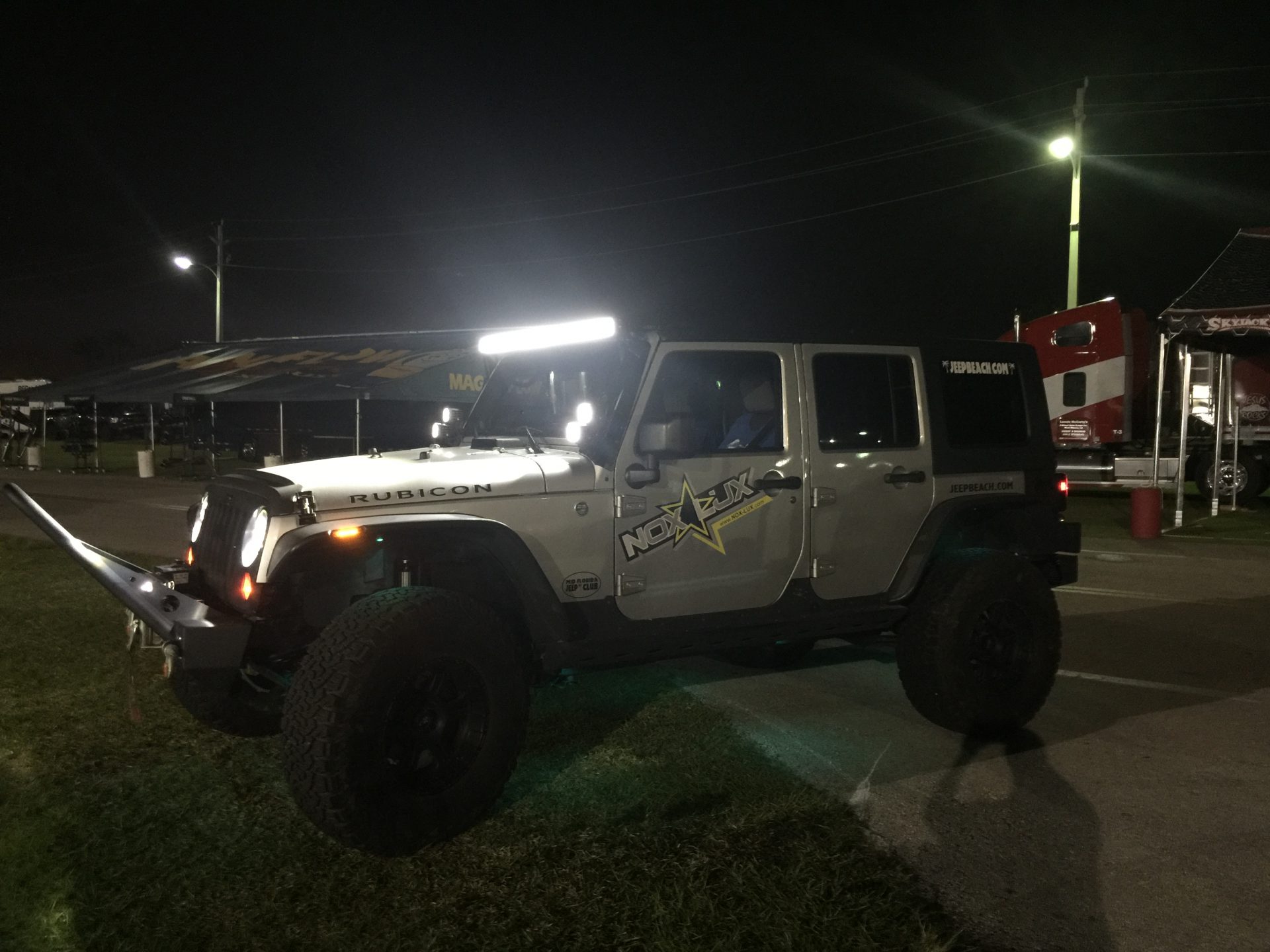


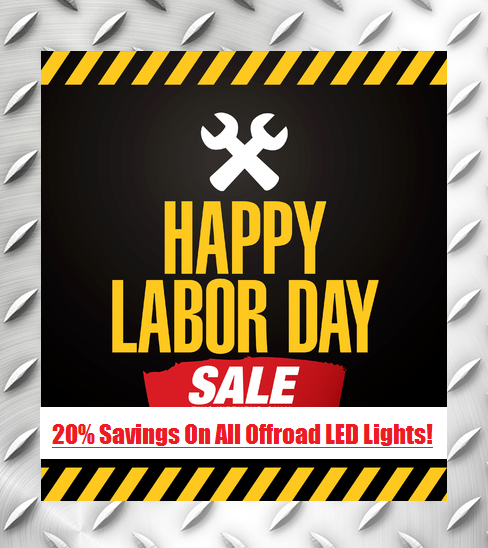
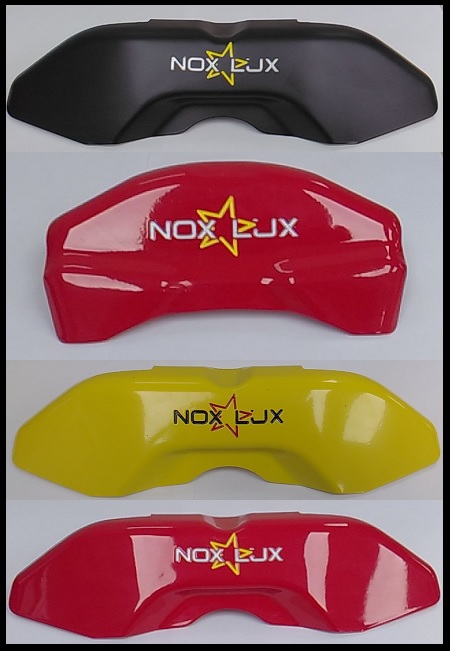
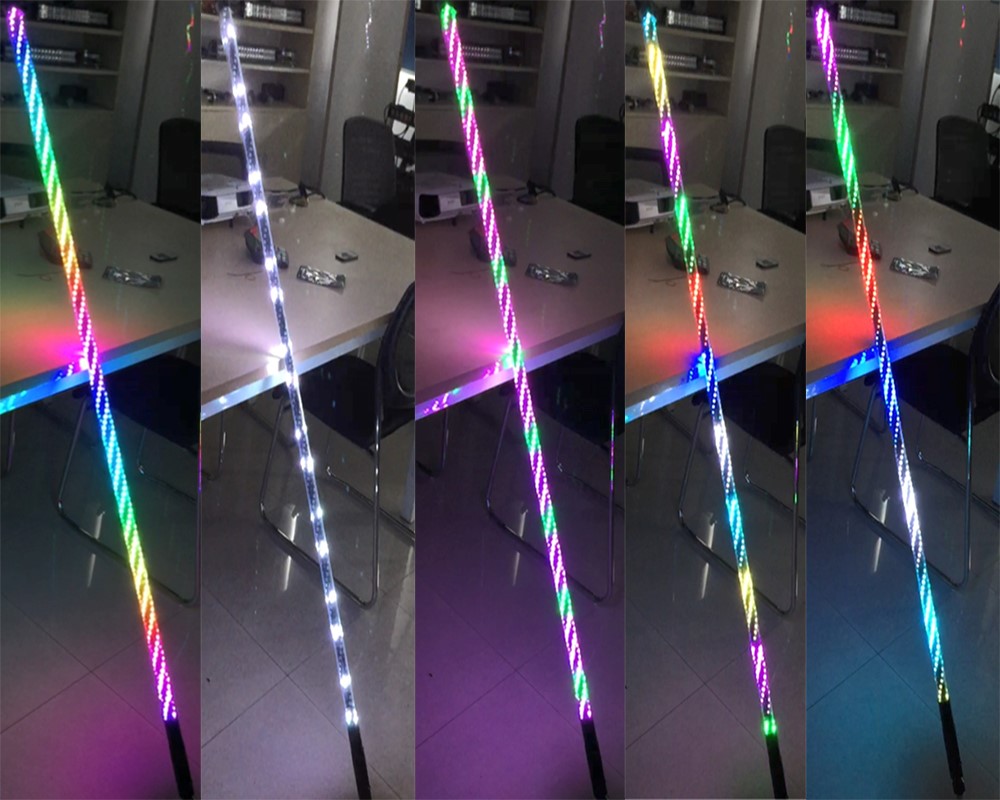
This is a great reference sheet our employees use when a customer has a question about IP67 Vs. IP68 water resistance or dust resistance.
It’s got all the information about Ingress Protection and how that relates to your phone.